Search

In 1970, hundreds of hippies followed Stephen Gaskin on a journey from San Francisco to Tennessee, where they founded a legendary commune known as the Farm. Within this self-sustaining society based on non-violence, vegetarianism and respect for the earth, members willingly took a vow of poverty, lived in converted buses, grew their own food and home-delivered babies. Born and raised in this alternative community, filmmakers and sisters Rena and Nadine return for the first time since leaving in 1985. Finally ready to face the past after years of hiding their upbringing, they chart the rise and fall of America’s largest utopian socialist experiment and their own family tree. The nascent idealism of a community destroyed, in part, by its own success is reflected in the personal story of a family unit split apart by differences. American Commune finds inspiration in failure, humour in deprivation and, most surprisingly, that communal values are alive and well in the next generation.

On 22 acres of backcountry land in the American South lies The Garden – a community that lives by its own laws, free from the pressures of modern society. They maintain an open-door policy to anyone seeking to join their ranks, but new people must submit to an initiation period. Some barely last a week, others are forced to leave, and a chosen few will call The Garden home for good. Questions continue to arise about the cult-like vibes of the controversial community, but this spring is different. Cameras have been granted unprecedented access to The Garden, documenting its spread to new locations deep in the Ozarks. Founded as a cooperative, “leaderless” community, The Garden could be viewed as a post-apocalyptic wonderland free of societal rules.

A group of very different individuals who in 1975 lived in a commune called “Together”. Now it is 1999, and the collective has turned into the world’s smallest. The commune consists of only two people – Göran and Klasse. Feeling a bit lonely, the idea occurs of a reunion with their old friends.

The documentary’s title translates as “to be and to have”, the two auxiliary verbs in the French language. It is about a primary school in the commune of Saint-Étienne-sur-Usson, Puy-de-Dôme, France, the population of which is just over 200. The school has one small class of mixed ages (from four to twelve years), with a dedicated teacher, Georges Lopez, who shows patience and respect for the children as we follow their story through a single school year.

Denmark in the 70’s. The teenager Christoffer’s parents Nisse and Maria have decided to move into a commune because they want to try the alternative lifestyle. But Christoffer doesn’t like it and has trouble adapting. In school the others tease him because he lives in a commune. As a plan from the elders in the commune he starts in a Maoist group to learn about the real ways of the society. He doesn’t like it but when his new girlfriend starts to see what he does as cool he goes into it. But at the same time the police start to suspect him to be the terrorist who blows up telephone booths around Copenhagen.
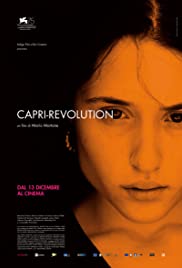
In 1914, with Italy about to enter World War I, a commune of young artists from Northern Europe establishes itself on the rural island of Capri, a safe haven for dissidents and nonconformists from all over the world, like Russian exiles led by Maxim Gorky, preparing to an upcoming revolution. Here, local girl Lucia meets Seybu, the charming leader of the commune, and Carlo, a young doctor.
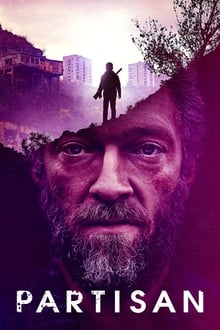
On the edge of a crumbling city, 11-year-old Alexander lives in a sequestered commune alongside other children, their mothers, and charismatic leader, Gregori. Gregori teaches the children how to raise livestock, grow vegetables, work as a community – and how to kill. With the birth of a new baby brother weighing on his mind, Alexander begins to question Gregori’s overpowering influence on the children and their training to become assassins. Threatened by his increasing unwillingness to fall in line, Gregori’s behavior turns erratic and adversarial toward the child he once considered a son. With the two set dangerously at odds and the commune’s way of life disintegrating, the residents fear a violent resolution is at hand.
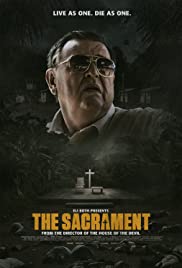
A fashion photographer is traveling to meet his sister at Eden Parish. Once there, his friends begin to film interviews with the Eden Parish inhabitants, all of whom speak of the commune in glowing terms. However, they soon discover that there is a sinister edge to the commune that belies the seemingly peaceful setting.
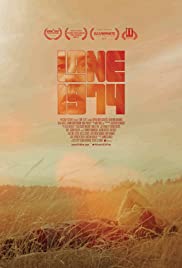
At 13 years old and the eldest of three kids, Lane struggles to keep her family together as her iconoclast mother moves without warning through the communes and dusty back woods of Northern California.

In 1972, Miyuki tells her ex-lover Kazuo that she’s going to Okinawa with their son. Kazuo decides to film her. He narrates his visits to her there: first while her flatmate is Sugako, a woman Miyuki is attracted to; then, while she works at a bar and is with Paul, an African-American soldier. Once, Kazuo brings his girlfriend, Sachiko. We see Miyuki with her son, with other bar girls, and with Sachiko. Miyuki, pregnant, returns to Tokyo and delivers a mixed-race child on her own with Kazuo and Sachiko filming. She joins a women’s commune, talks about possibilities, enjoys motherhood, and is uninterested in a traditional family. Does the filmmaker have a point of view?

Having missed out on his cult’s long awaited ritual suicide, an obnoxious loser teams up with his bogus ex-messiah to rebuild their doomsday commune. Traveling together through middle America, the constantly-bickering duo induct a military wannabe, a mentally unstable mom, and a mysterious foreign hitchhiker into their cult… but will this family of outcasts fulfill their transcendent destiny, or decide this life might be worth living after all?

An international investigation into the Rajneesh movement. One of the world’s biggest and most successful cults, it had communes in more than 30 countries in the 70s and 80s and was portrayed in the Netflix series Wild Wild Country’ But until now, a central truth about the organization has remained hidden.

Hull, England, 1970. In a run-down commune in a tough port city, a group of social misfits – mostly working class, mostly self-educated – adopted new identities and began making simple street theater under the name COUM Transmissions. Their playful performances gradually gave way to work that dealt openly with sex, pornography, and violence. COUM lived on the edges of society, surviving on meager resources, finding fellowship with others marginalized by the mainstream. At the core of the group were two artists, Genesis P-Orridge and Cosey Fanni Tutti. As their work evolved, Cosey embarked on a career modeling for pornographic magazines, which she claimed for herself as a conceptual artwork, using it to forge a specific position in relationship to 1970s feminism. In performances, Genesis pushed himself to extremes, testing the limits of the human body.
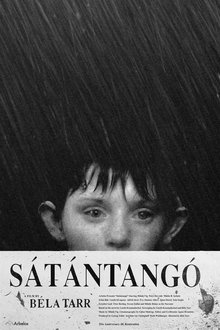
Inhabitants of a small village in Hungary deal with the effects of the fall of Communism. The town’s source of revenue, a factory, has closed, and the locals, who include a doctor and three couples, await a cash payment offered in the wake of the shuttering. Irimias, a villager thought to be dead, returns and, unbeknownst to the locals, is a police informant. In a scheme, he persuades the villagers to form a commune with him.

Journalists and fans await Ma Anand Sheela as the infamous former Rajneesh commune’s spokesperson returns to India after decades for an interview tour.

In Răchiţele commune, it is said that whoever kisses you on Wool’s Day, will be your life partner in a long and busy life. The Mad Bride is the story of three shepherd brothers who have long since married and desperately want to kiss a proud Woolen Day.

1948: an Egyptian filmmaker is creating newsreel stories about a volunteer force tasked to liberate Palestinian farmers. The journey propels him towards a chance encounter with a tenacious young leader of a nearby commune that will set in motion events that will change their lives forever.
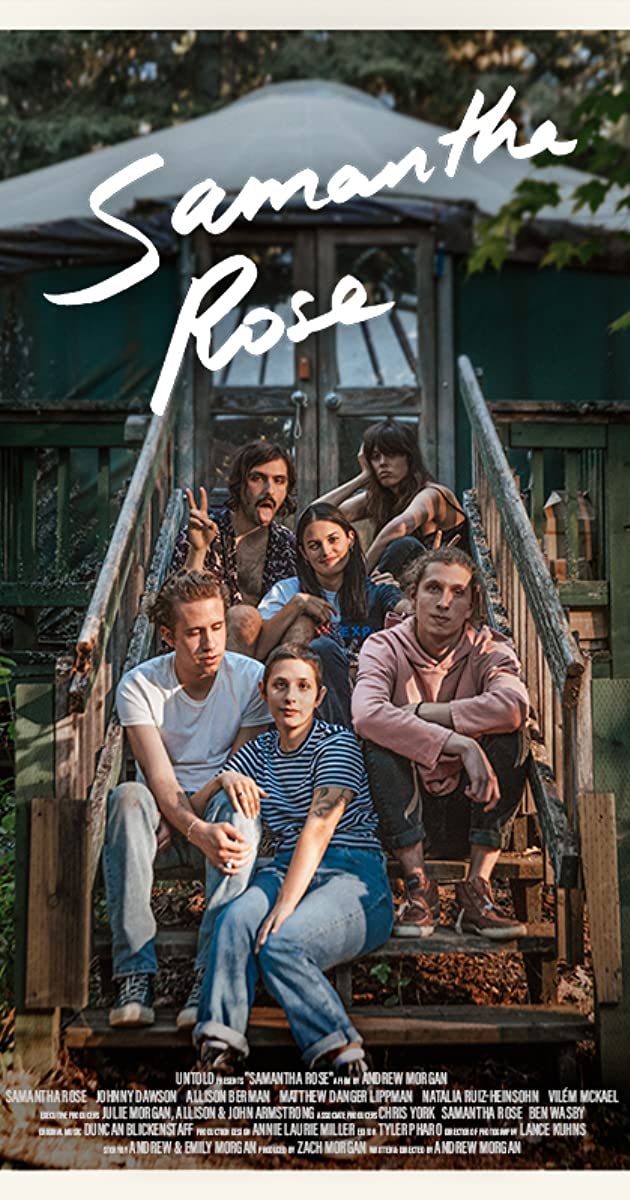
Samantha Rose is a coming of age story shot on location in the Pacific Northwest. Centering non-binary actor, Sam Rose, the film is a tale of a young woman battling family codependence and aimlessness alike. Sam returns to her hometown in northern Oregon and is reunited with a childhood friend and his misfit commune of friends where they work the fall harvest on the surrounding vineyards. This ragtag family of runaways are fearless and free, leading Sam on a journey of discovery and healing. There are motorcycle rides and homemade wine, midnight swims and bonfires, horses, camping, and a love story that unfolds as Sam comes to see her life for what it really is: her own.
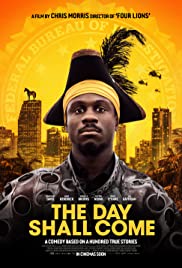
An impoverished leader of a small religious commune in Miami, is offered cash to save his family from eviction. He has no idea his sponsor works for an FBI agent, who plans to turn him into a criminal by fueling his madcap revolutionary dreams.

Rattled by sudden unemployment, a Manhattan couple surveys alternative living options, ultimately deciding to experiment with living on a rural commune where free love rules.
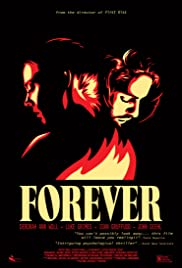
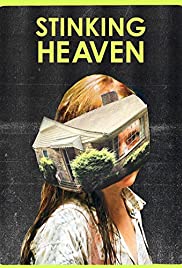
A black as tar comedy charting the dissolution of a commune for sober living in ’90s suburban New Jersey.
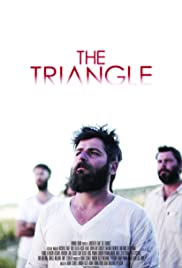
Three filmmakers receive an unsettling postcard from an estranged friend living in a secluded commune. The filmmakers take their cameras into the wilderness of Montana to document the mysterious inner workings of the group. On their disconcerting road to self-sufficiency, witnessing something more shocking than they ever imagined.
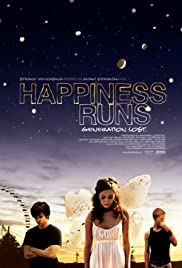

Judith, an uptight divorcee, is appalled when her daughter Lily quits law school to move into a commune of hippie-misfits who live according to the behavioural principles of the bonobo monkey, a species famous for its ‘make love not war’ philosophy.
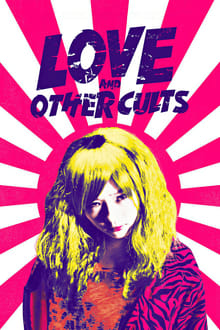
Born in a small town in Japan, a young girl named Ai is sent to a cult commune by her religious maniac mother and lives there for seven long years. After the cult is exposed by the police, Ai starts a new stage of life, going to a normal school for the first time, but she can’t find her place to fit in there. Ai drops out from the school and society, spending her life living with a rock-bottom delinquent family full of gangsters and call girls. In a strange twist of fate she finds herself back in a new and normal life, living with a middle-class family, but her troubled life continues to follow her into more deep and seedy paths.
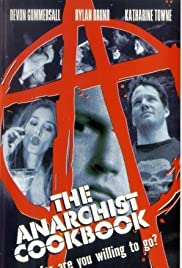
A movie about a young honors student-turned-anarchist, Puck, and his group of anarchist friends living peacefully in a Dallas commune until a nihilist, Johnny Black, appears with The Anarchist Cookbook and completely destroys their way of life.
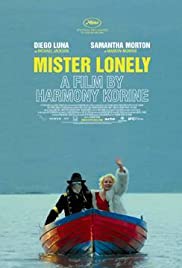
In Paris, a young American who works as a Michael Jackson lookalike meets Marilyn Monroe, who invites him to her commune in Scotland, where she lives with Charlie Chaplin and her daughter, Shirley Temple.